Software Defined Vehicles
AEK 2025: The Congress on Automotive Electronics
Live Ticker for the Automobil-Elektronik Kongress 2025 (AEK)
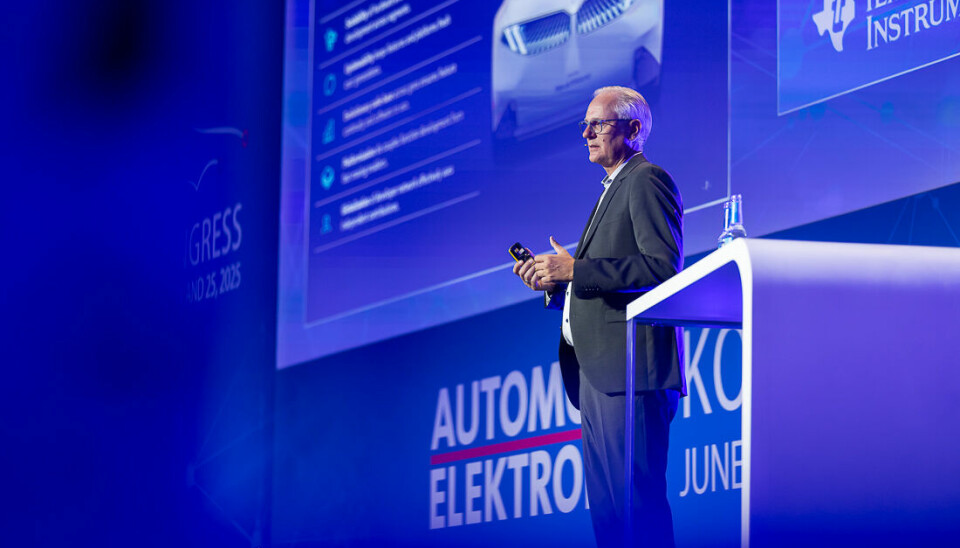
On 24th and 25th June, the Automobil-Elektronik Kongress 2025 took place in Ludwigsburg. Industry decision-makers discussed developments in automotive electronics, SDV, and AI. Here you’ll find a chronological overview of what happened.
Recap of AEK 2025 – Day 2
The second day of the congress delivered once again. Discussions focused on concrete architectures, AI applications and new business models – with a clear message: those who fail to think radically will be left behind.
Geely and Mercedes-Benz provided deep insights into modern E/E architectures. While Geely showcased TS3, a scalable platform for over 50 vehicle models, Mercedes-Benz outlined its cloud-native DevOps strategy with observability, OTA and real CI/CD.
AI across the board: Harman, Continental and CorrActions demonstrated how AI can become an empathetic driving companion, a decision-making layer for autonomous trucks or a guardian for cognitive driver states.
Agents working in concert: Microsoft showed that the next wave of efficiency won’t come from isolated tools, but from orchestrated multi-agent systems.
Bidirectional charging is no longer a distant vision – it’s a vital element of the energy transition. FEV made it clear: it’s technically feasible, economically sound and ecologically essential.
New cooperation models and imec’s chiplet vision prove that Europe is reclaiming ambition. The idea of an “Airbus for Automotive Computing” is more than a buzzword – it’s a strategic lever for technological sovereignty.
System-level reliability takes centre stage: Closing remarks from IEEE, AMD and VicOne underscored that AI and SDV can’t scale without robust security and safety frameworks.
With that, our live ticker from the 2025 Automobil-Elektronik Kongress comes to a close. We look forward to seeing you again at the 30th AEK on 16–17 June 2026 – live, remote or back here in the ticker.
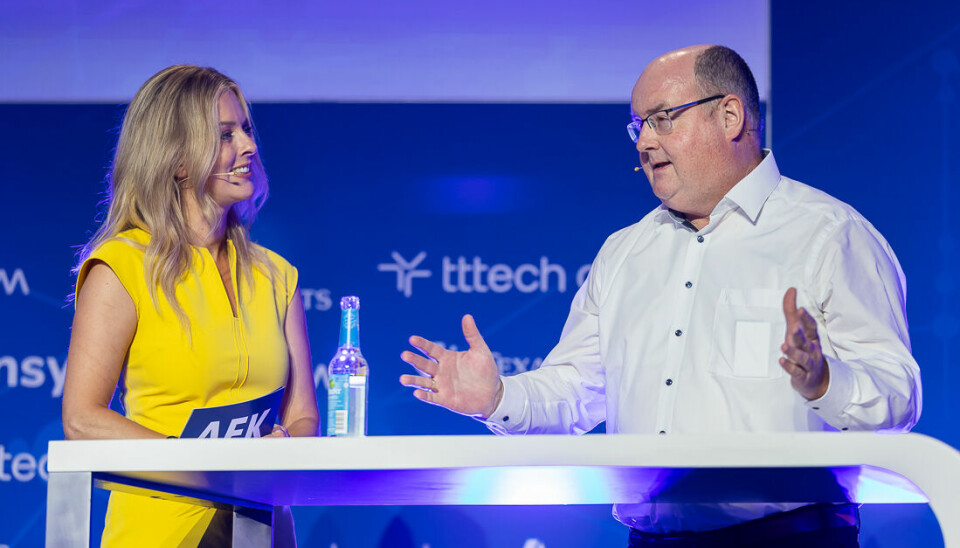
Closing Remarks from Ricky Hudi at AEK 2025
Ricky Hudi closed the 2025 Automobil-Elektronik Kongress with a heartfelt thank you to all participants – both in person and online – recognising their commitment right through to the final moments. Under the guiding theme “Navigating through Global Complexity,” the event made it clear how crucial architectural and platform solutions are for scaling software-defined vehicles.
He highlighted the congress’s strong international orientation, with 17 international and 14 national top-level speakers. For Hudi, a major milestone was the launch of the S-CORE initiative – an industry-wide open-source alliance under the leadership of the VDA and the Eclipse Foundation.
Artificial intelligence emerged as a recurring theme throughout the event – not only in the vehicle itself, but also in development, production and operation. Hudi praised the industry's willingness to collaborate and its ability to break new ground under pressure. “AEK 2025 has shown one thing crystal clear: only those who master complexity, standardisation and collaboration will lead,” he concluded.
He closed by inviting the community to return next year, when the congress celebrates its 30th anniversary on 16 and 17 June 2026 – whether live on site, remote or via live ticker.
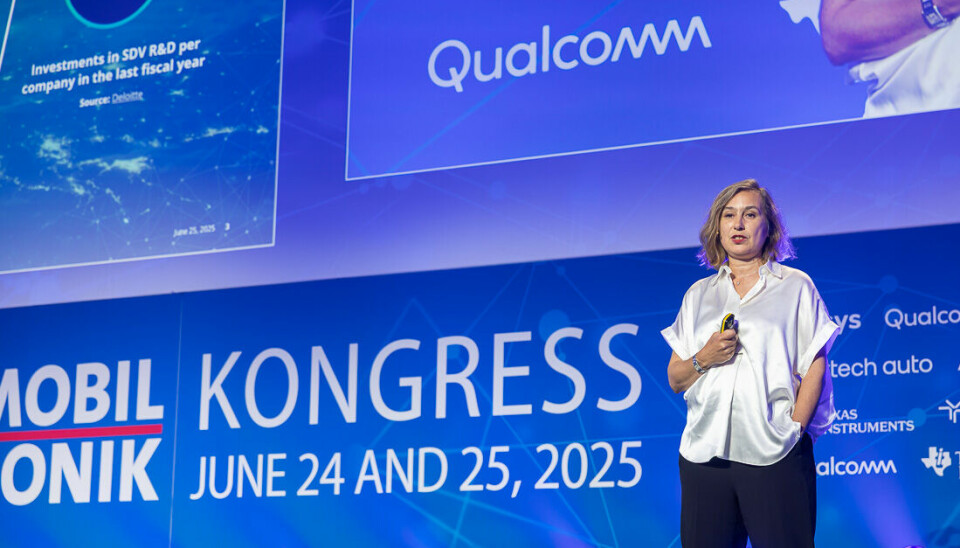
Three Paths to the Software-Defined Vehicle – and What Europe Can Learn from Asia
In the final speaker slot – often overlooked – Maria Anhalt, CEO of Elektrobit, brought her wealth of SDV project experience to the stage and managed to fully engage the audience once more. She delivered a sharp analysis of what divides the global automotive industry and where opportunities lie.
Anhalt outlined three key approaches to the SDV: a user-experience-driven model; a value-first approach for high-volume platforms; and a radically decoupled full-stack strategy with partners like Foxconn. Most importantly, she turned the spotlight on the Asia-Pacific region – where development is faster, more experimental, and disruption is actively embraced. Companies like Sony demonstrate how a production-ready vehicle with an integrated media platform can be created in just three years, driven by a deep understanding of user behaviour and digital value creation.
In contrast, Europe and the US remain more hesitant, heavily focused on the driver and stuck in longer development cycles. Elektrobit advocates a modular SDV strategy: only build what truly differentiates your product – and buy the rest. The key to success, according to Anhalt, lies in a clearly defined software architecture that separates software and hardware in a backwards-compatible way. Using Sony as an example, a flexible layered architecture and agile partner-switching along the supply chain enabled cost savings of around 30%.
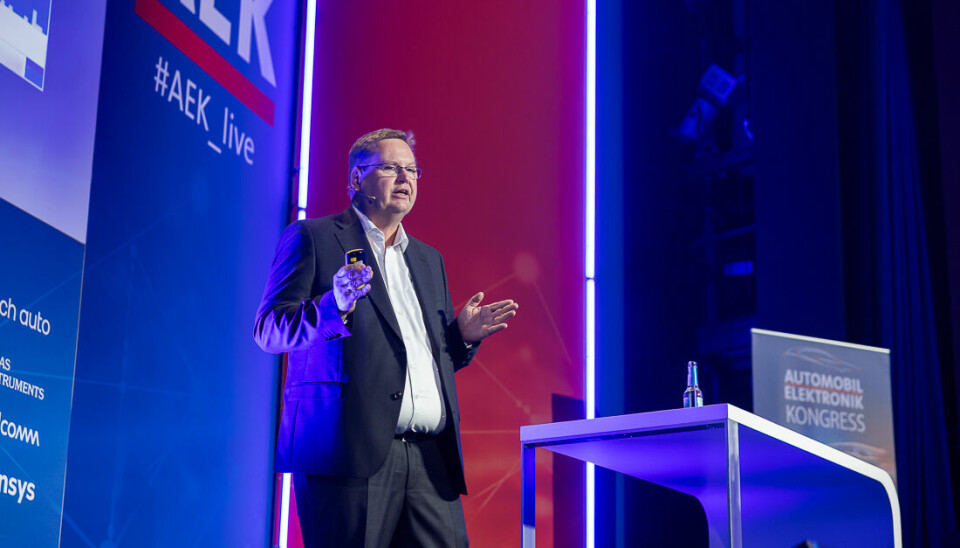
BMW Aims for Holistic In-Vehicle AI Experiences
At AEK 2025, Dr Olaf Müller, Head of AI Empowered Experience at BMW, presented a comprehensive vision for AI-driven in-car user experiences, built on consistency, adaptability and cross-domain architectural paradigms. Using the forthcoming “New Cluster” as an example, he demonstrated how a modern E/E architecture – featuring four “superbrains” and cross-domain middleware – forms the foundation for adaptive, context-aware vehicle intelligence.
Key components include a modular AI layer with orchestration, guardrails and GenAI functionality, a context-sensitive abstraction layer for consistent system behaviour, and direct access to multimodal sensor data – enabling applications such as lip-reading through real-time video and audio streams.
Müller emphasised the importance of platformisation, edge AI, modular interchangeability of foundation models, and strong ecosystem collaboration. The ultimate goal: to create AI that goes beyond isolated features and becomes a truly intelligent companion inside the vehicle.
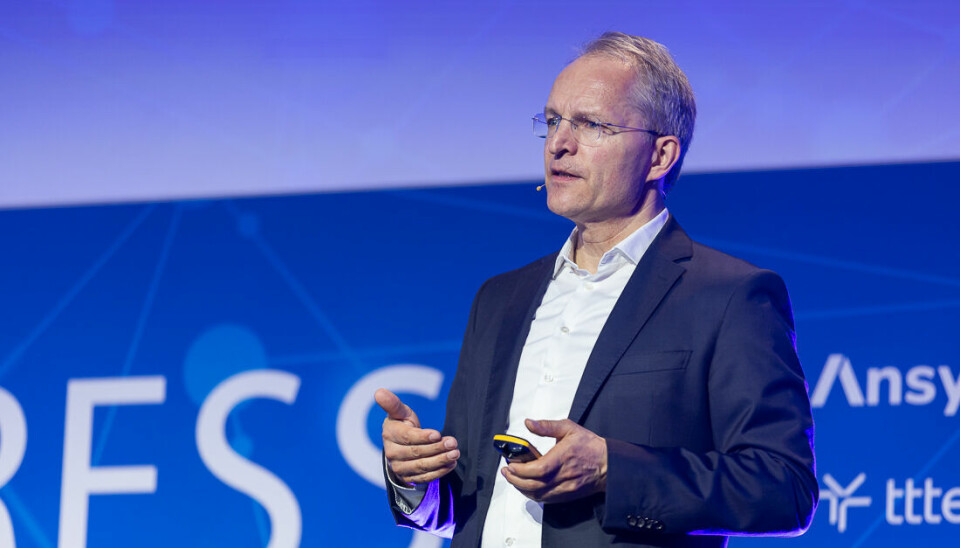
Software Development in the Age of Agents: Efficiency Through Orchestrated AI
In his talk at AEK 2025, Dr Rupert Stützle, General Manager Manufacturing and Mobility EMEA at Microsoft, demonstrated how AI is already enhancing the entire automotive development pipeline – from requirements extraction and code generation to testing and validation.
Using tools such as GitHub Copilot and Microsoft Analyst, functional sketches can be automatically transformed into code, bugs can be detected and fixed, and vehicle data can be analysed in real time. One particularly striking demo featured the creation of a head unit feature based solely on a hand-drawn sketch – including bugfix and pull request execution by Copilot.
Looking ahead, Stützle introduced the concept of orchestrated multi-agent systems: instead of isolated AI agents working in parallel, an overarching orchestrator coordinates communication and delegates tasks across the development process – for example, managing regulatory checks on new software releases. This vision points to a future where agent-based systems assist entire development teams in delivering safe, compliant automotive software at speed.
Future Architectures for the Software-Defined Vehicle: Modular, Scalable – and (Possibly) European
In the panel discussion “Computing Architectures of the Future”, moderated by Alfred Vollmer, leading voices from RISC-V International, NXP, imec and Synopsys addressed the key challenges of next-generation computing platforms for the software-defined vehicle. Andrea Gallo (RISC-V International), Robert Moran (NXP), Bart Placklé (imec), and Jyotika Athavale (Synopsys) agreed: tomorrow’s vehicle architectures must be modular, secure and regionally adaptable – while remaining globally scalable.
Topics included chiplet-based SoCs, standardised ISA profiles such as RISC-V, and new strategies to enable AI-capable, real-time and safety-critical systems. Yet meeting the demands for safety, reliability and performance will require more than just technical excellence – it will demand industry-wide collaboration.
Bart Placklé of imec was particularly specific: for the next AEK, he announced the planned signing of a joint memorandum aimed at creating a European ecosystem for chiplet-based vehicle platforms. The vision: an “Airbus for Automotive Computing” – uniting Europe’s semiconductor strengths and translating them into series production.
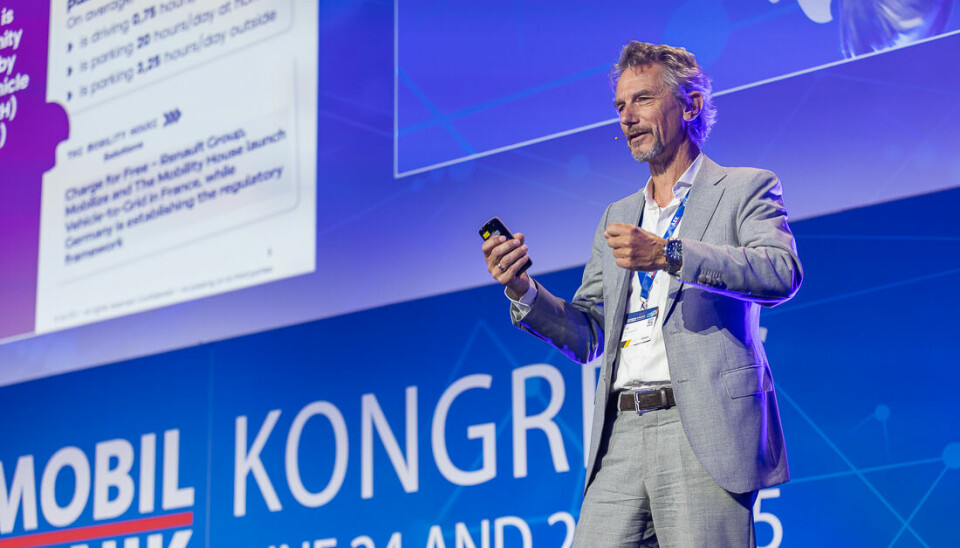
Bidirectional Charging: 'Vehicles' as Energy Storage for the Green Transition
Dr Norbert Alt of FEV vividly illustrated how battery-electric vehicles can become the backbone of the energy transition. With fluctuating input from solar and wind power, there is an urgent need for flexible storage – and EV batteries offer enormous potential in this regard. In Germany alone, around 100 GWh of short-term storage will be required by 2030. Vehicles, with the combined capacity already available today, could cover a significant share of this – provided they are connected to the grid bidirectionally.
Alt emphasised that Vehicle-to-Grid (V2G) functionality reduces battery lifespan by just about 0.25%. More important, he argued, is the need to establish effective aggregators, communication interfaces and control algorithms to enable millions of vehicles to provide grid services. His takeaway: “In Germany, we call them ‘Fahrzeuge’ – but really, they should be called ‘Stehzeuge’.”
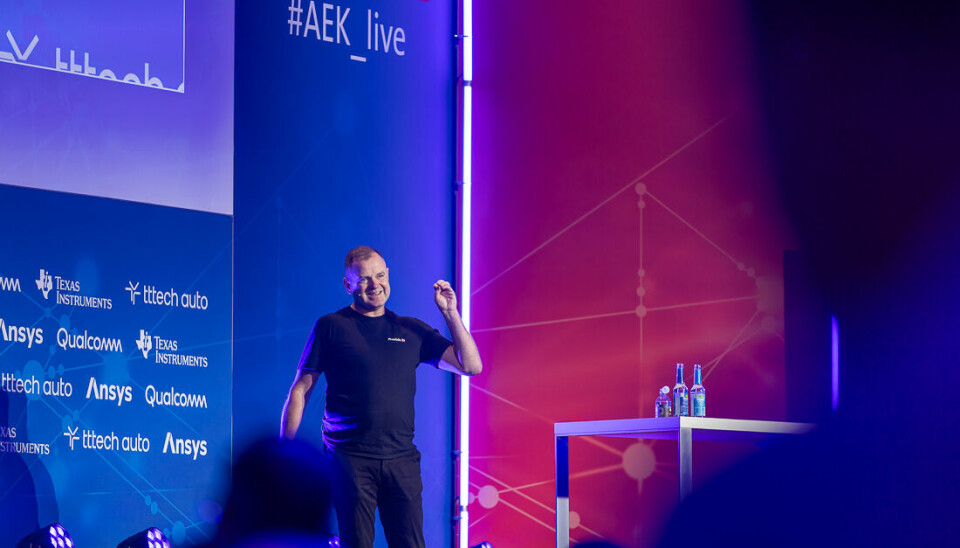
Scalable Safety Beyond Level 2: Provizio Relies on Software-Defined Radar
Barry Lunn, CEO of the Irish company Provizio, presented a novel approach to cost-efficient safety systems for automated driving at AEK 2025. The focus lies on software-defined radar that, through proprietary antenna technology, digital signal processors (DSPs) and AI, delivers 20 times higher resolution at significantly lower cost – even using standard hardware such as the TI AWR2944 chip.
The modular system design allows the same base components to flexibly meet varying market requirements, using tailored software and antenna modules. “We deliver 5D perception at series-production prices – scalable, powerful and ready to deploy,” Lunn emphasised. In live demos, Provizio demonstrated radar performance using a single chip that would usually require four – without compromising on quality or responsiveness.
Thanks to its flexibility, the technology is not limited to automotive applications. Use cases in agriculture and robotics are already being explored, showcasing the broad potential of Provizio’s software-defined radar approach.
Artificial Intuition for Enhanced Safety – CorrActions Analyses Cognitive States via Software
Ilan Reingold, CEO of CorrActions, joined the AEK 2025 remotely due to the war in the Middle East – yet his message was crystal clear: road safety begins in the mind. The Israeli company aims to save lives by detecting cognitive impairments such as alcohol intoxication, fatigue or mental distraction at an early stage – solely by analysing existing vehicle data, without cameras or additional sensors.
The AI-based solution uses signals from the steering wheel, seat or interior radar to detect subtle patterns in the driver’s muscle activity – for example, when someone’s eyes may be open, but their thoughts are elsewhere, distracted by an argument in the back seat or other mental stressors. The technology acts like a “software breathalyser” and can even estimate blood alcohol levels – with virtually zero false positives. Two architecture variants – onboard or cloud-based – enable use across OEM and fleet applications.
Reingold emphasised that CorrActions is actively involved in regulatory efforts, such as those led by Euro NCAP. The goal is to establish cognitive safety as a fundamental part of future vehicle systems. “What we’re doing is new – but urgently needed to technically compensate for human vulnerabilities,” he concluded.
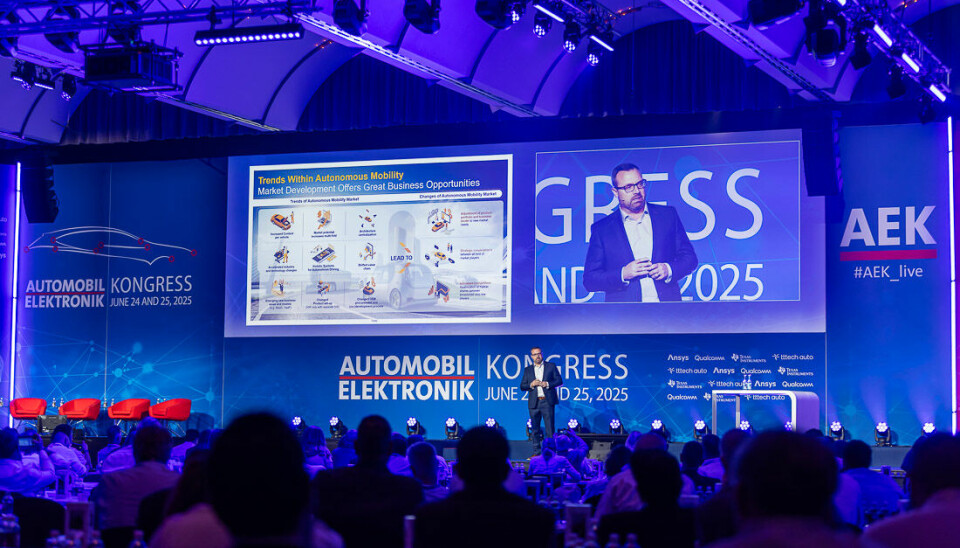
Autonomous Trucks in the Spotlight – Continental Rethinks Mobility, Partnerships and Business Models
Jeremy McClain, Global Vice President at Continental Autonomous Mobility, presented a concrete blueprint for transformation at the AEK. Rather than viewing autonomous driving purely as a technological challenge, he called for a complete rethinking – in terms of development, partnerships and business strategies.
Using the example of autonomous trucks jointly developed by Continental and US-based Aurora, McClain highlighted why Level 4 systems are particularly relevant in the commercial vehicle sector: driver shortages, rising logistics costs and increasing pressure for greater efficiency create fertile ground for new service-based models. “We need to rethink our business models when we think about trucks,” McClain stated.
Instead of focusing on unit sales, the emphasis shifts to service revenues per kilometre driven – including hardware-as-a-service, plug-and-play sensor pods, and an AD fallback system to ensure safe vehicle control in the event of a fault.
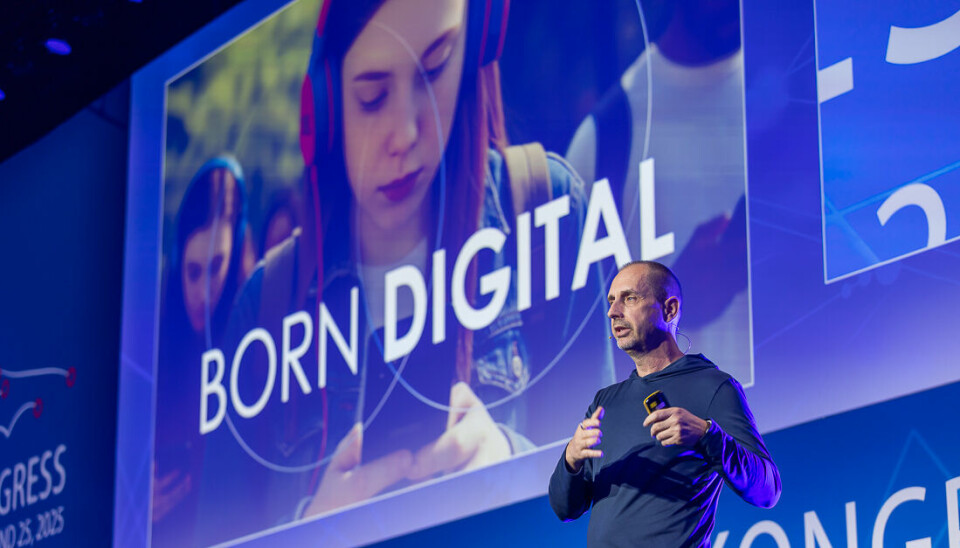
Between Robots, Rhythm and Radical Rethinking: Harman on the Consumer Experience in the Car
In his pointed keynote, Armin Prommersberger, CTO at Harman, made one thing clear: if the automotive industry wants to thrive in the age of software-defined vehicles, it must reinvent itself from the ground up. Rather than focusing on technical specifications and requirement documents, he called for an uncompromising focus on the user – not just superficially, but deeply embedded in development, architecture, and company culture. His core message: vehicles are becoming highly connected robots, not merely machines.
With Luna, an AI-based avatar, he demonstrated how user experience in the car can be not only personalised but also empathetic – drawing on contextual awareness, real-time data and proactive behaviour.
However, bringing Luna and similar concepts to life requires massive computing power, new interfaces, flexible toolchains, and a new kind of collaboration. Instead of rigid processes, Prommersberger called for “always ready” product lines and significantly shorter innovation cycles: “We live in 12-month cycles. From a Chinese perspective, 12 months is already long.”
To conclude, he painted a vivid image of the transformation ahead: the industry must decide whether to behave like a swift, adaptable cheetah – or like a sluggish elephant weighed down by its own mass. Only those who consistently combine consumer mentality, agile product development and deep system integration will succeed in this transformation.
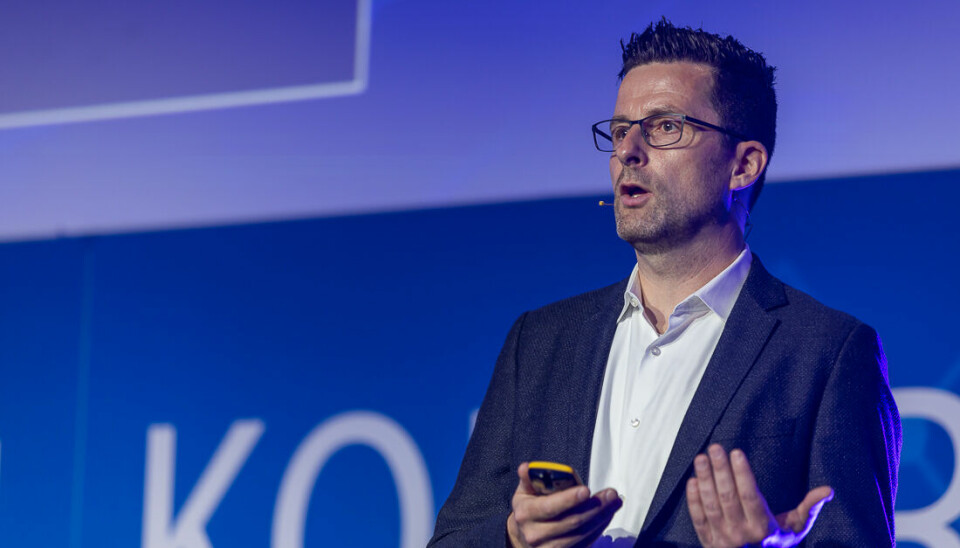
Cloudification at Mercedes-Benz: How DevOps and CI/CD are turning the car into a digital product
Martin Haselbach, responsible for the Connectivity Cloud at Mercedes-Benz, made it clear: the boundaries between the onboard and offboard worlds are increasingly dissolving. The cloud expert with 20 years of OEM experience sees the greatest challenge – and opportunity – in merging traditional vehicle development with cloud-native approaches such as DevOps, CI/CD, and observability.
At the heart of this is the Mercedes-Benz Operating System (MBOS), which enables a consistent toolchain throughout the entire vehicle software lifecycle – from development to OTA updates post-SOP. MBOS allows every ECU in the vehicle to be updated over the air. This requires a robust backend stack built on cloud platforms like AWS, Google Cloud or Microsoft Azure – without falling into the trap of vendor lock-in.
One core principle is: “You build it, you run it.” Developer responsibility does not end with code delivery – it extends into the vehicle’s operation. This demands transparency, telemetry data and a culture of observability (“observability over test-first”) in order to react to errors or performance issues in real time.
The strategy: short release cycles, high levels of automation, and horizontally and vertically integrated toolchains – with a clear separation of infrastructure, services, and applications. Through this cloudification of the vehicle, Mercedes-Benz aims to pave the way for continuous value creation: updates, new features, and digital services throughout the vehicle’s lifetime. Because, as Haselbach put it: “The real journey begins after SOP.”
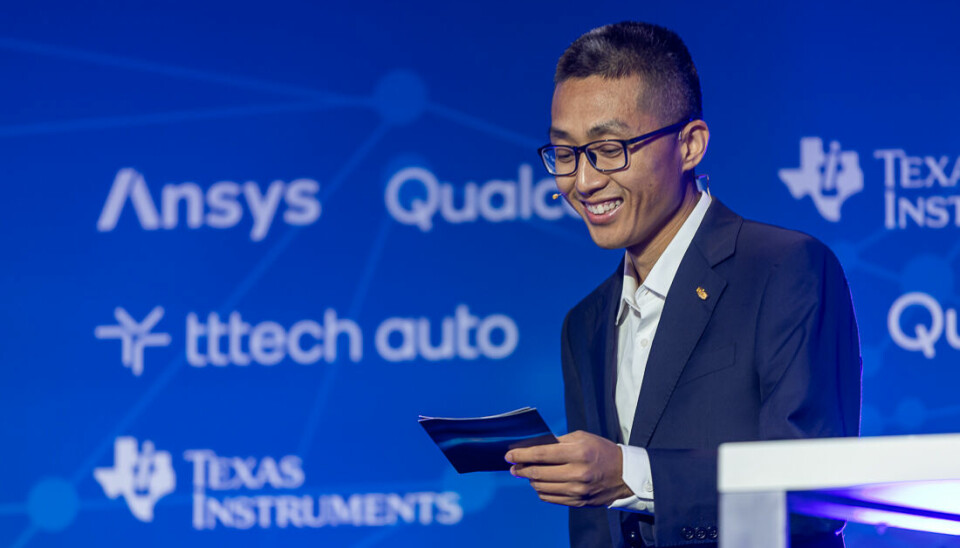
Scalable, fast, and secure: How Geely is redefining vehicle architecture with TS3
Geely is one of China’s leading volume manufacturers – selling over 200,000 vehicles per month – and operates in an intensely competitive market. “If you’re not competitive in the Chinese market, you lose customers – and the market,” emphasised Yong Han, Director of the Electronic and Electrical Centre at the Geely Automotive Research Institute. Geely positions itself not only as an OEM, but as a comprehensive technology company – developing its own chips, satellites, and mobility services.
In his presentation, Han introduced the company’s latest vehicle architecture: TS3. Already deployed across more than 50 vehicle models – including bestsellers such as the Galaxy E5 – TS3 is based on five central ECUs (including a “Superbrain”), supports over 90% software reusability, and enables extreme scalability from entry-level to premium vehicles. Thanks to high levels of reuse in both software and hardware components, Geely has reduced vehicle development time to under 10 months.
According to Han, the key lies in a rigorously modular architecture with robust OTA capabilities, an integrated diagnostic system, and an in-house software stack (“Geely OS Middleware”) that complements third-party solutions such as Vector or Elektrobit. More than 12,000 software developers across the group are contributing to this platform. Despite a high level of in-house development, Geely remains open to open-source solutions – provided they meet the company’s standards for quality, safety, and efficiency.
Day 2 of AEK 2025 kicks off
The second day kicks off with a packed agenda: Following the opening session, Geely and Mercedes-Benz provide insights into modern E/E architectures and cloud-native software development. Harman, Continental and CorrActions demonstrate how new partnerships, user experiences and AI-based driver monitoring are transforming the industry.
Topics such as bidirectional charging, agent-based AI, future supply chain models and AI-centric vehicle architectures are also in focus. The day concludes with expert discussions on the compute architectures of tomorrow.
We’re covering the day live with continuous updates – stay tuned!
AEK 2025 – Day 1 Recap: Key Takeaways at a Glance
AI demands oversight: VicOne, GlobalLogic and AMD warn that generative AI is not a miracle solution, but a critical component introducing new attack surfaces. Penetration testing and runtime monitoring are essential.
SDV is more than hype: Speakers from MathWorks, Sibros and BMW agree – efficiency comes from systematic architectures, consistent toolchains and scalable platforms.
Open source as a lever: Eleven major players signed a Memorandum of Understanding to create an open software ecosystem based on Eclipse S-CORE – a milestone for European software sovereignty.
China gains momentum: Horizon Robotics and AMD showcased how swiftly and decisively China is advancing autonomous driving and edge AI.
Industry alliances gain traction: Bosch & CARIAD, QNX & TTTech & Vector – new forms of collaboration are emerging to manage growing complexity.
We’ll be back tomorrow with live coverage from day two of AEK 2025.
For more updates, interviews and impressions, follow the AEK LinkedIn channel.
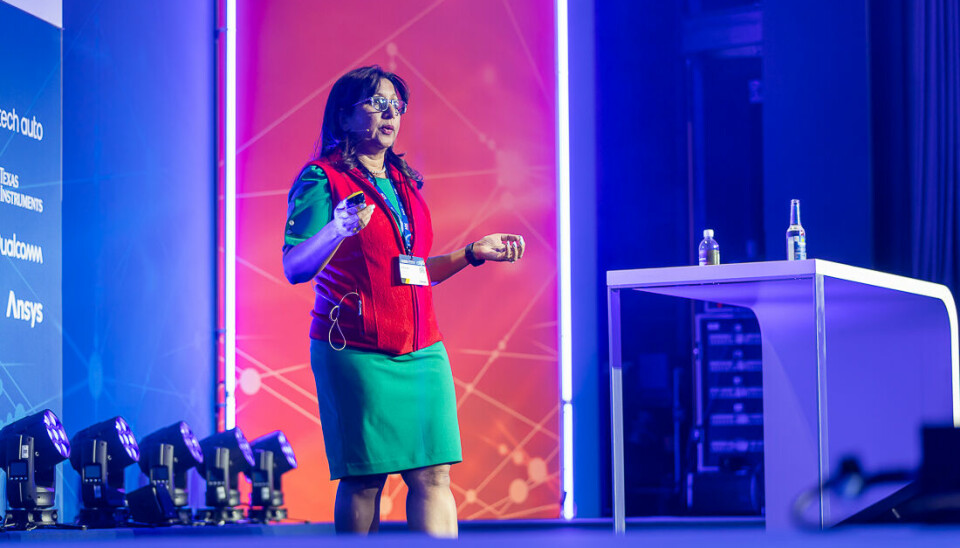
Reliability in the Age of AI: How Standards and Silicon Contribute to Safety
Jyotika Athavale, Director of Engineering Architecture at Synopsys and 2024 President of the IEEE Computer Society, delivered the final talk of the day, addressing the growing demands for reliable and secure systems in the context of chiplets, artificial intelligence, and software-defined vehicles (SDVs). She emphasised that the increasing performance of semiconductors, new application scenarios, and rising complexity in both software and hardware are introducing entirely new risk profiles – particularly around reliability, functional safety, and cybersecurity.
A central theme was the “dependability lifecycle” – a continuous lifecycle approach to safety and security. While existing standards (e.g. ISO 26262, ISO 21434) define the goals, they often leave open how these are to be implemented in practice. This is where new IEEE standards, such as the P2851 series, come into play – aiming to promote structured methods, unified data formats, and engineering interoperability.
Looking at practical implementation, Athavale demonstrated how in-silicon monitors can serve as real-time sensors within the chip to detect ageing effects and degradation risks at an early stage – enabling proactive failure prevention. She also addressed the interaction with packaging technologies, emerging operating profiles, and AI-driven predictive maintenance strategies.
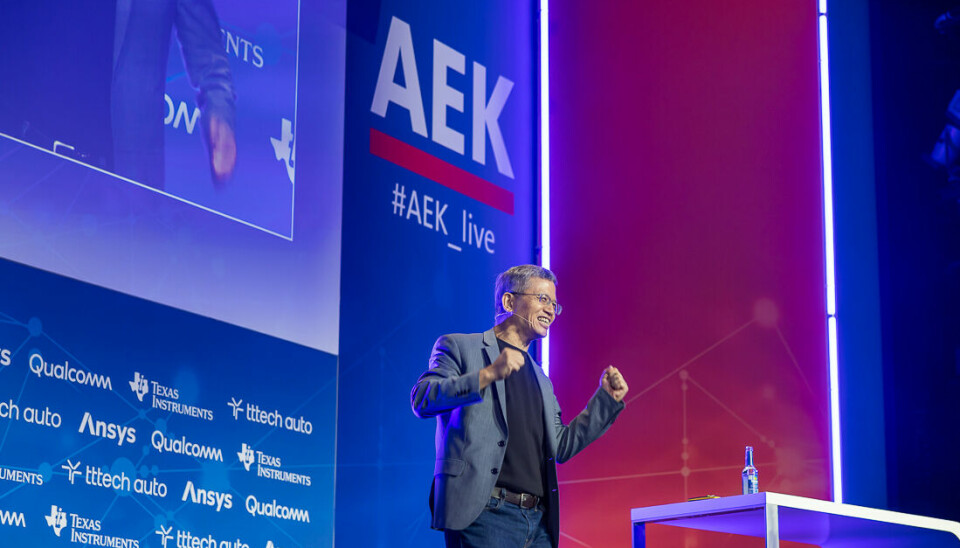
Artificial Intelligence Meets Cybersecurity: How AI Could Become the Next Risk Factor for Vehicles
Taking the stage with energy and a clear message: Max Cheng, CEO of VicOne, an automotive cybersecurity spin-off of global security giant Trend Micro. His talk didn’t focus on the shiny promises of generative AI – but rather on its darker side. As Cheng put it: “GenAI isn’t just a tool – it’s a new supplier in the automotive supply chain.”
VicOne warns that AI introduces major risks – from prompt injection and data leakage to tampered open-source models. Particularly in the automotive domain, where GenAI is increasingly used for HMIs, driver assistance and maintenance prediction, a systematic risk assessment is essential.
VicOne’s cybersecurity approach is based on three pillars: secure design, model-level penetration testing, and continuous behavioural monitoring. The reason is clear: 45% of all AI security incidents stem from flawed or deliberately compromised models. Blindly embedding an LLM means inviting risk directly into the vehicle.
Cheng advocates for a comprehensive AI security stack inside the vehicle – including an AI guardian for real-time runtime monitoring. His message: Anyone integrating generative AI into a vehicle must treat it like any other critical supplier component – with penetration testing, supply chain audits, and live oversight. Without it, the next vulnerability may not come through a USB port or wireless gateway – but straight from the neural network itself.
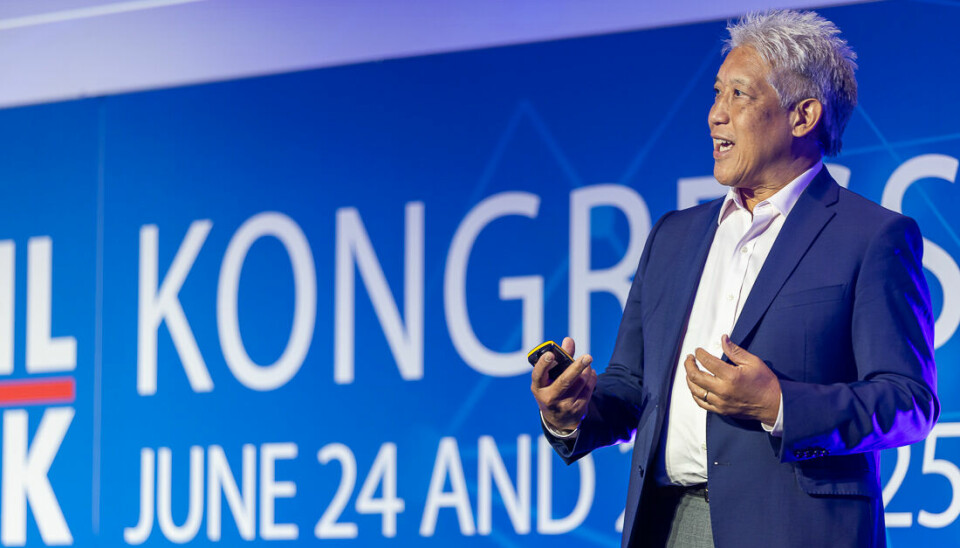
Systems Thinking Over Hype: What Really Accelerates SDV Development
Rashmi Gopala Rao of MathWorks India was originally scheduled to take the stage – but travel restrictions intervened. Instead, Dr Jim Tung, Fellow at MathWorks, delivered the session solo – with a pointed message: anyone aiming to develop software-defined vehicles (SDVs) efficiently must focus on methodical engineering and end-to-end virtualisation, not just new buzzwords.
Tung analysed why many SDV initiatives stall despite advanced tools and platforms: too many conflicting architectural decisions, inefficient toolchains, and a lack of digital continuity. His solution: create digital adjacencies between teams, virtualise systematically, adopt open standards such as SystemL2, and think automation through the lens of real engineering disciplines.
Only then, he argued, can true speed be achieved without compromising quality – and not by blindly relying on AI: “There are many structural improvements that don’t require magic – and that’s exactly where we need to start.” His core belief: Excellence doesn’t come from speed alone – it comes from systematised craftsmanship.
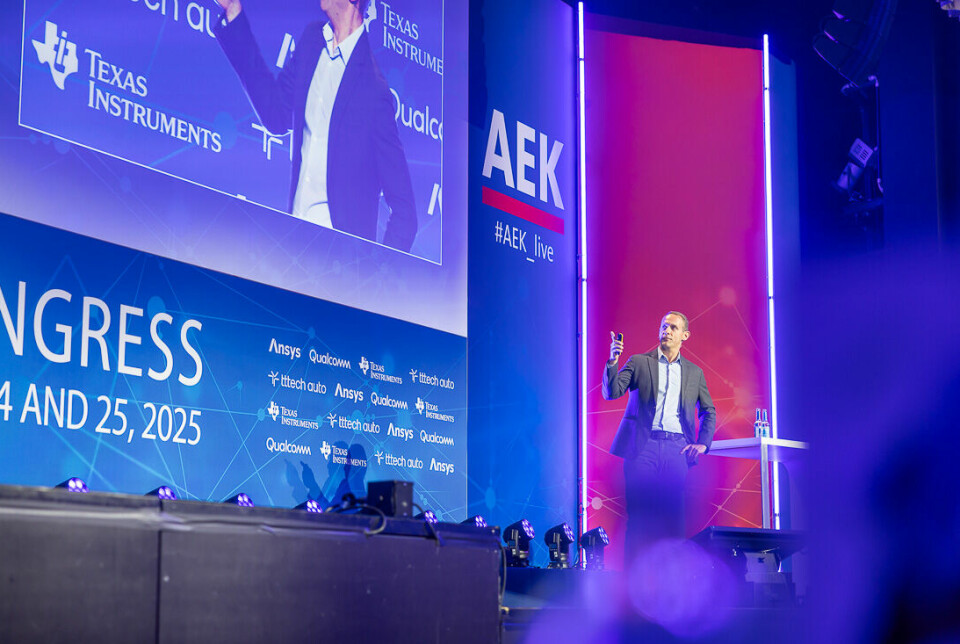
Six Essential Capabilities for the SDV Era: Rethinking OTA Updates
At AEK 2025, Eric Mekelburg, Chief Revenue Officer at Sibros, presented six key capabilities that manufacturers need to operate software-defined vehicles (SDVs) in a scalable, efficient, and customer-centric way:
Digital Twin / Vehicle Representation: A complete digital model of each vehicle throughout its entire lifecycle – including software versions, replacement parts, and diagnostic data.
Traceability: Full traceability of every action on every ECU – ensuring maximum transparency and improved testability.
Full Vehicle Updates: Updates must cover not just individual ECUs, but the entire vehicle – whether entry-level or premium.
Update Efficiency: Differential updates, automated campaign planning, and minimal vehicle downtime – powered by AI.
Permutations Management: Thousands of vehicle variants made manageable through universal software packaging.
Closed-Loop Intelligence (Detect–Decide–Act): Vehicles identify problems autonomously; the cloud analyses, makes decisions and executes actions – including automated fault resolution.
Mekelburg highlighted the global diversity of expectations around SDVs – from Europe (high service quality, but low willingness to pay) to Asia (cost-sensitive vehicles, but strong demand for digital services). Only with flexible, scalable OTA infrastructures can these differing market needs be reconciled.
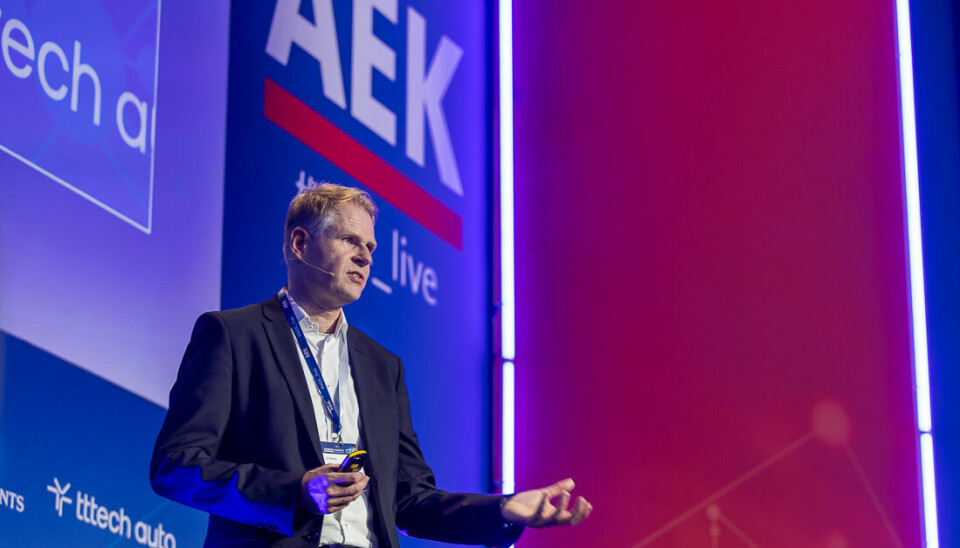
Homogeneous Chip Architectures for the SDV Era: Videantis Relies on a Universal Core
In his presentation, Dr Hans-Joachim Stolberg, CEO of videantis, introduced an SoC architecture specifically developed for the software-defined vehicle (SDV). Instead of traditional, heterogeneous chip designs with separate units for AI, graphics or signal processing, videantis opts for a homogeneous architecture built around a universal, highly optimised processing core – the VMP core.
Controlled entirely by software, this core can process all relevant algorithm classes and adapt dynamically at runtime. According to Stolberg, this enables significant cost advantages through dynamic workload distribution, better silicon utilisation, and reduced porting effort. In the automotive context in particular, this approach promises lower long-term development costs, greater software reusability, and a reduction in the number of tape-outs required.
Videantis is already delivering proven solutions: more than 20 million vehicles are equipped with processors based on this architecture. The company’s goal is to provide scalable, cost-efficient platforms for the SDV era – in close collaboration with OEMs, Tier 1s, and chip design partners.
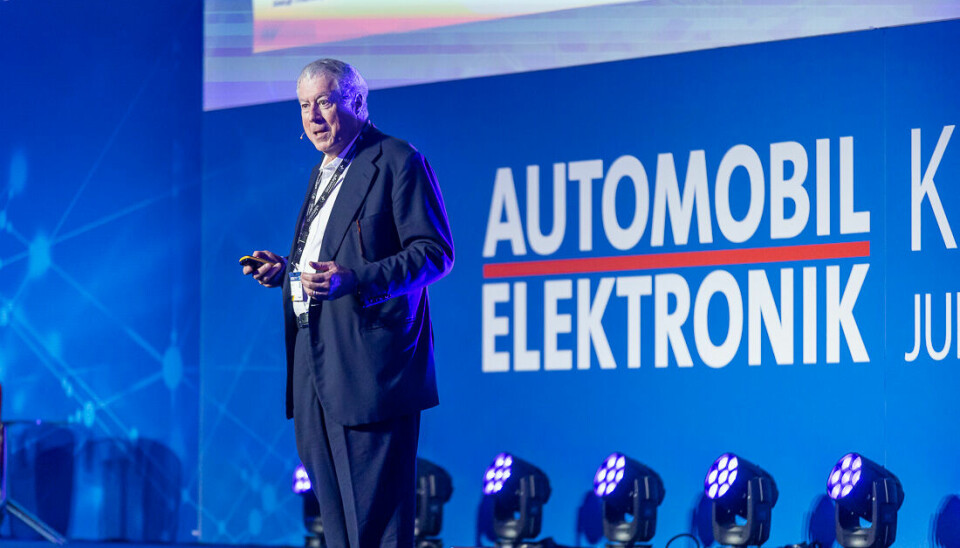
Generative AI in Automotive: A Tool for Quality, Not for Control
“Today, generative AI should not be seen as a replacement for humans in safety-critical systems,” said Dr Jim Walsh, CTO of GlobalLogic, clearly on stage. Still, the technology is already transforming how software is developed – at least in areas where functional safety is not at stake.
Walsh stressed that the era of traditional, line-by-line programming is coming to an end. In its place, intelligent assistant systems are emerging that automatically translate requirements into architectures, code and tests – with humans remaining in the loop as reviewing authorities. GlobalLogic works with OEMs and Tier 1s as well as banks, telcos and medtech firms – and across all sectors, the same shift is underway.
However, Walsh sees clear limits in safety-critical domains such as steering or braking systems. Here, the priority is not efficiency but reliability. Generative AI should not serve automation purposes in these cases, but rather support quality assurance – for instance, by generating robust test cases, analysing malfunctions automatically, or reducing human error.
In a live demo, Walsh showed how a generative system produces test cases from a 700-page specification, executes them on a real ECU, fails, analyses the fault, and then self-corrects – all the way to final verification, without human intervention. “The human defines the objective, the AI does the rest – but never without oversight,” Walsh said. His appeal to the industry: those who see GenAI merely as a cost-saving tool are missing its true potential. “Use it to raise quality, not to give up control.”
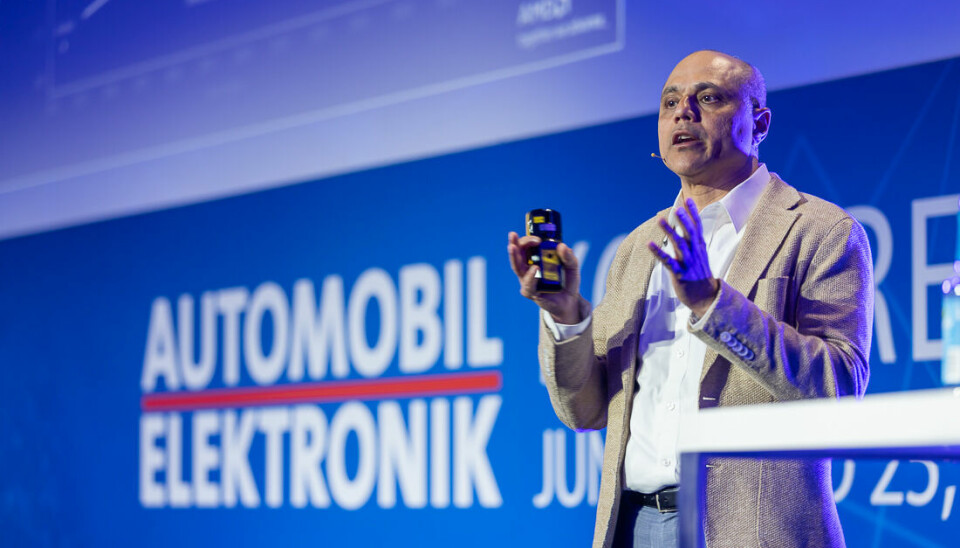
Bringing AI from the Data Centre to the Road: AMD on the Future of Edge AI in Vehicles
In his compelling keynote, Dr Salil Raje, SVP & GM of the Adaptive and Embedded Computing Group at AMD, outlined the company’s clear roadmap for in-vehicle AI, with a strong focus on edge AI. While large language models have traditionally been run in the cloud, AMD sees the future in intelligent vehicle architectures, where AI operates locally and in real time – because decisions on the road cannot afford latency.
Raje emphasised that demands for computing performance, efficiency and software integration are rising rapidly in the automotive sector, particularly with the transition to generative AI. AMD is responding with an adaptive and heterogeneous compute strategy, capable of flexibly addressing diverse in-vehicle requirements – from ADAS to infotainment. A key priority is to cut development cycles by as much as 1,000 days to keep pace with the innovation speed coming out of China.
With its open toolchain, strong edge performance, and advanced chiplet technology, AMD positions itself as a key enabler of the software-defined vehicle – helping drive the transformation from cloud to road.
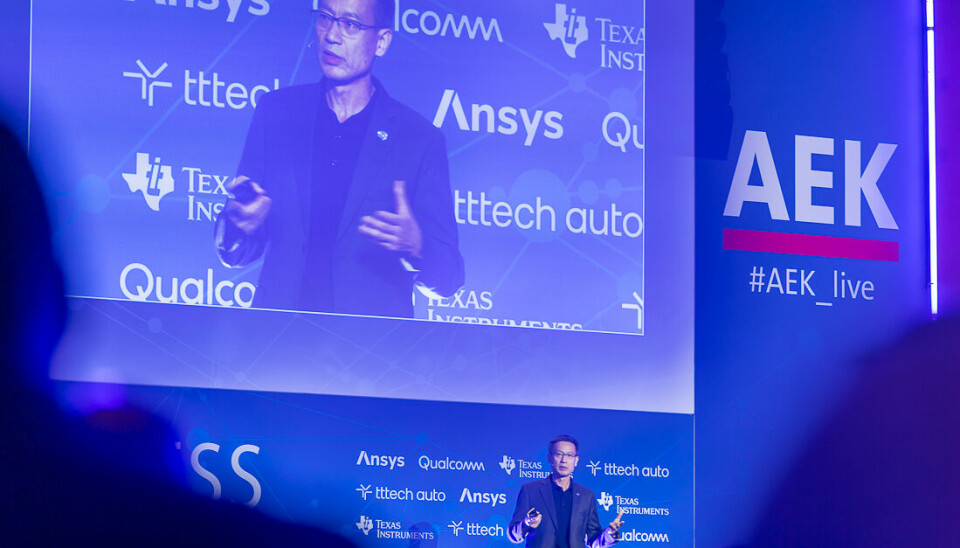
Dr Liming Chen Brings China’s Perspective on Automated Driving
Dr Liming Chen, President of Horizon Robotics, delivered an impressive presentation on stage, showcasing how swiftly and decisively China is advancing the development of automated driving. Rather than referring to classical SAE levels, he spoke in terms of user-centred dimensions such as “safe to use” and “love to use” – making it clear that Urban NOA (Navigation on Autopilot) is on the verge of a breakthrough in China.
Horizon is pursuing a holistic approach: custom-designed automotive SoCs, transformer-based end-to-end software, an award-winning HMI, and a strong focus on cost reduction and scalability. In a live demo video, Chen illustrated how a Horizon system navigates safely through dense urban traffic in Shanghai – using 11 cameras, cost-effective sensor hardware, and near-production software. According to Chen, “smartification” is the next evolutionary leap for the industry – combining intelligent hardware, AI-optimised software, and in-vehicle agent systems.
Horizon’s ambition goes far beyond keeping pace: the company aims to set global standards. By the end of 2025, more than 10 million vehicles in China are expected to be equipped with Horizon technology. His core message: China is approaching the next tipping point in automated driving – and Horizon Robotics is providing the technological foundation to make it happen.
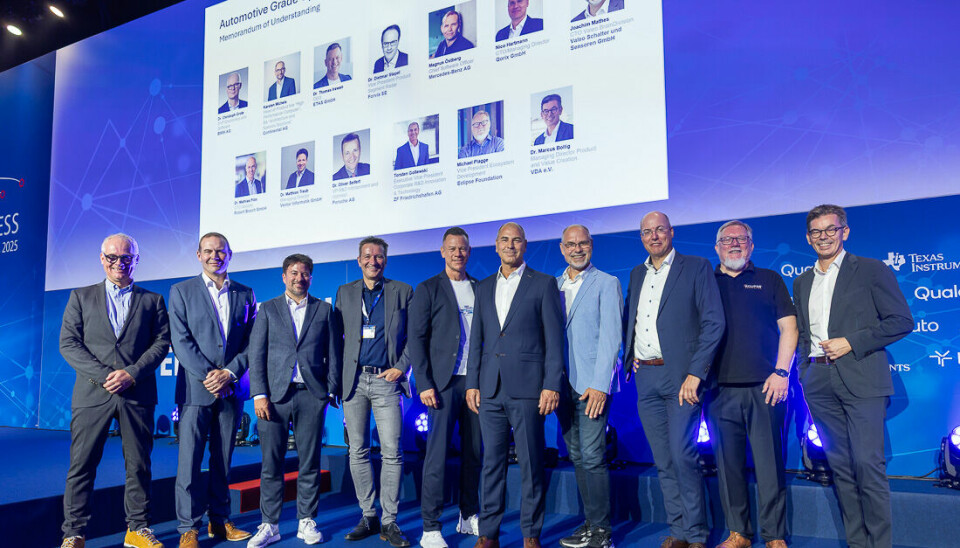
Live from AEK 2025: Automotive Industry Seals Open-Source Collaboration
Today, a significant milestone – one might say once again – was set for European vehicle software development: eleven leading companies from the automotive industry signed a Memorandum of Understanding to establish a joint open-source ecosystem for automotive software. Among them: BMW, Mercedes-Benz, Volkswagen, Bosch, ZF, Continental, ETAS, Vector, Valeo, Qorix, and Elektrobit – coordinated by the VDA under the umbrella of the Eclipse Foundation as part of the S-CORE project.
The goal of the initiative is to implement software-based innovations in the industry more quickly, more efficiently, and more robustly – particularly in view of geopolitical uncertainties and increasing international competition. Instead of continuing to specify every component individually, the approach is now code-first: delivering working, certifiable, and reusable software right from the start.
What was said on stage:
BMW emphasised that open source is a modern path to standardisation – less PowerPoint, more productive code. Mercedes-Benz praised the VDA-hosted forum, which enables open cross-industry collaboration. ZF highlighted the importance of now delivering concrete results – including through international expansion. Continental recalled that initial impulses for this development were already set at AEK three years ago, and now aims to build a secure, scalable stack. Volkswagen named three core benefits: faster time-to-market, reduced development effort through reuse – and the opportunity to focus again on true differentiation within the vehicle.
What it’s about:
The initiative not only aims at technological efficiency, but also at strengthening European sovereignty in automotive software. The open-source stack is intended to meet requirements for functional safety (FuSa), cybersecurity, and interoperability with standards such as AUTOSAR – and should be ready for series production platforms by 2026, particularly in the area of autonomous driving.
What became clear: this stage was more than symbolic politics. A new foundation is being laid here for the software industry in the automotive sector – open, cooperative, and code-based. Further partners from Europe and beyond are explicitly invited to join.
AEK 2025: Strategies for Global SDV Architectures Amid Efficiency, Competition and Transformation
A high-profile panel discussion at AEK 2025 made one thing clear: the automotive industry faces the challenge of making software-defined vehicle (SDV) architectures globally scalable, technologically future-proof, and economically viable – despite growing regional divergences, geopolitical risks, and mounting development pressure.
One of the key themes was the balance between standardisation and differentiation. While many companies aim to keep their core systems as unified as possible across markets, specific functions – such as navigation, voice assistance, or user interfaces – are increasingly tailored to regional requirements. This modular approach is intended to enable scalability without losing sight of customer expectations in local markets.
The discussion also addressed how platform architectures can be made more efficient. Issues often arise at the transition from platform to application level – where generic technical solutions meet concrete product demands. Clear interfaces, better alignment, and rethinking development processes were identified as key levers for improvement.
Another focal point was the role of artificial intelligence, which is becoming increasingly influential in architectural decisions – particularly through its demands on data processing, modularity, and cross-domain communication. At the same time, panellists emphasised that, when applied correctly, open-source approaches can shorten development cycles and free up valuable resources.
The panel also touched on the cultural shift underway in the industry: a move away from traditional top-down structures towards more open, collaborative working models – a transition often more difficult than any technological transformation. The consensus: behaviours and ways of working must evolve as consistently as software and hardware.
The takeaway: unified architectures remain a strategic objective – but not a dogma. What matters most is the ability to scale flexibly, collaborate effectively, and manage global complexity intelligently. A strong, capable ecosystem of OEMs, suppliers, and technology partners will be the key to maintaining competitiveness and driving innovation.
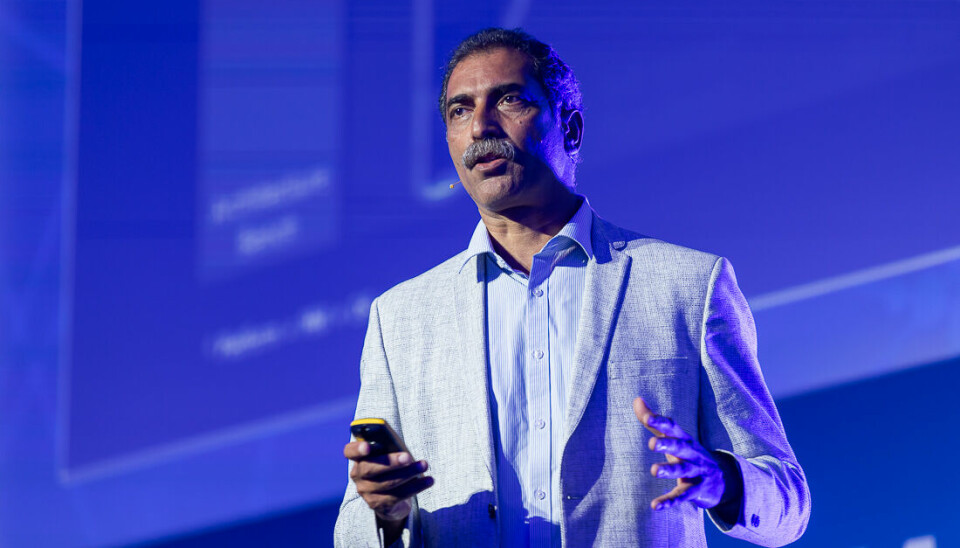
KPIT: Bridging Virtual and Physical Testing Environments
In his talk, Anup Sable, CTO and Board Member of KPIT Technologies, addressed the challenges and opportunities in developing software-defined vehicles (SDVs). In light of current market pressures – from sluggish electrification and emerging competitors to stalled customer access – he called for a shift in mindset: less emotion, more action.
A central focus of his presentation was intelligent validation. Sable stressed that virtual test environments are not meant to replace physical testing, but to complement it: “We do not intend to replace the physical test bench with the virtual one. The virtual test bench complements the physical – and both work in unison.”
According to Sable, only those who adopt virtual, automated testing early on can effectively reduce sources of error, save time and safeguard quality – especially within the high-pressure SOP windows.
He also emphasised that automation does not happen by default – it must be proactively demanded. A functioning development process, he argued, is not a solo effort but an orchestrated collaboration between process, tooling and validation experts. The use of ontologies, AI and semantic structuring is equally vital in order to reuse knowledge from existing programmes efficiently and integrate it intelligently into the system.
KPIT advocates a pragmatic fusion of real-time data, AI-based agents and a flexible toolchain architecture – with the aim of delivering SDV projects faster, more securely and at scale, despite increasing complexity.
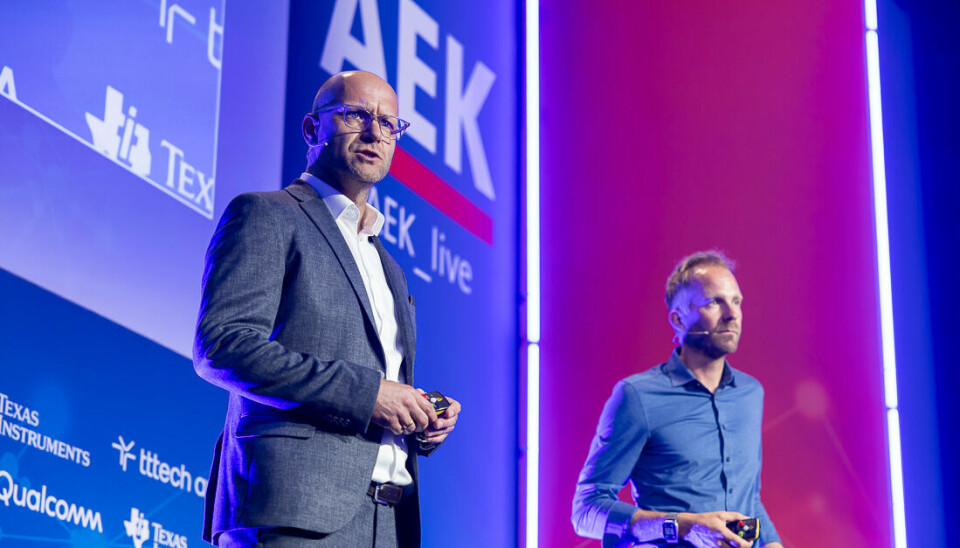
Bosch and CARIAD: Scalable, AI-powered Automated Driving for Mass Production
At AEK 2025, Sven Lanwer (Robert Bosch) and Dr Thomas Günther (CARIAD) presented their joint initiative, the Automated Driving Alliance – a collaboration focused on developing scalable automated driving systems from Level 2 to Level 4, intended not only for premium models but also for high-volume vehicles worldwide.
At the heart of their approach lies a data-driven development strategy, with vehicles acting as sensor platforms. By the end of the year, more than 120 test vehicles equipped with lidar, radar and cameras are expected to operate across Europe, the US and Japan. The aim is to collect and analyse vast amounts of data and feed it back into the system for automated training. As Sven Lanwer put it: “We go from code to road within 12 hours.”
The development process is fundamentally based on artificial intelligence. Dr Günther explained: “We have completed the full transition from rule-based to AI-based systems.” The AI processes sensor data, builds multimodal environment models and plans driving manoeuvres in a human-like, context-sensitive manner. Validation, safety and regulatory compliance are ensured through a dedicated end-to-end testing framework.
The modular platform approach enables OEMs to scale functions flexibly according to their needs – from assisted driving to fully autonomous scenarios. With this, the Alliance sends a strong signal for European technological leadership in the global race for automated driving.
QNX, Vector and TTTech Launch Joint SDV Foundation Platform
At AEK 2025, QNX, Vector Informatik and TTTech Auto unveiled their new Foundational Vehicle Software Platform – a jointly developed, horizontally integrated software base for software-defined vehicles (SDVs). The initiative aims to reduce complexity in automotive software development and offer OEMs a pre-configured, secure and high-performance platform.
The platform integrates the QNX operating system and virtualisation technology, Vector’s middleware components (including diagnostics, logging, communication), and TTTech’s deterministic scheduler. This results in a fully coordinated system with unified safety and security certification – as opposed to fragmented individual solutions that require significant integration effort.
A particular focus is placed on performance and system efficiency. For example, close integration of the components has enabled communication processes to be accelerated by up to 30%. At the same time, a unified configuration layer greatly simplifies system integration.
The platform is being developed under a commercial open-source model – open to community contributions, but with commercial exploitation in areas requiring certified safety features. As Stefan Poledna put it: “We’re open to open-source solutions – if they’re better, we adopt them.”
The objective is to build a robust ecosystem that enables OEMs to accelerate time-to-market and reduce the burden of software integration.
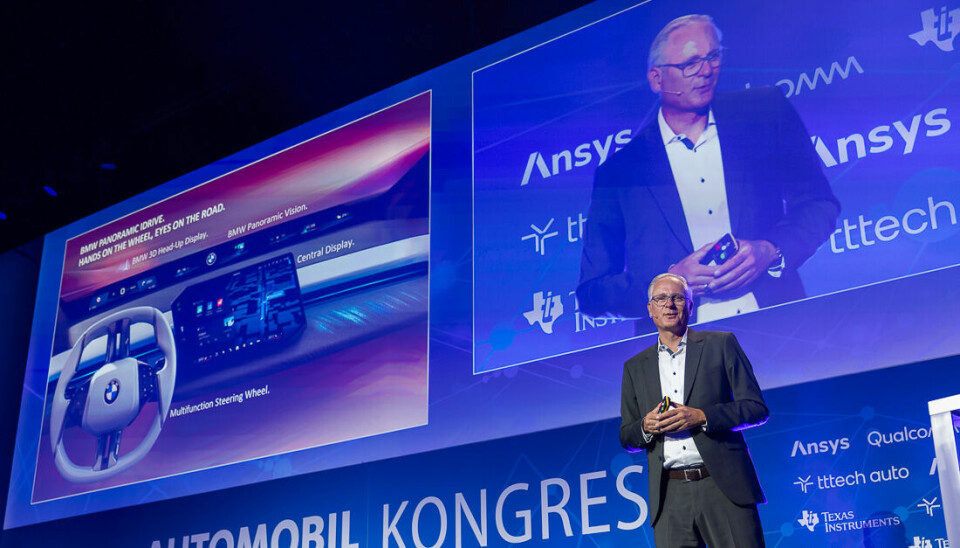
BMW's SDV Strategy: Scalable, Modular, Global
In his keynote, Stephan Durach, SVP Connected Company Development at the BMW Group, presented the cornerstones of the company's software strategy. At the centre is the new Panoramic iDrive interior architecture, combined with four powerful control units ('Super Brains') and a zonal vehicle architecture. This not only allows for significantly more efficient OTA updates but also reduces complexity in the vehicle - for example, by drastically reducing the number of wiring harness variants by a factor of 3000.
In the software sector, BMW follows the principle of 'build once, deploy everywhere': A central platform forms the basis, over which different partner solutions are integrated depending on the region - such as Mapbox in the West or Huawei in China. The user interface remains brand-specific, while the base technology is uniform. Data protection and cybersecurity are considered 'by design'. Already today, over 10 million BMW vehicles are OTA-capable and regularly supplied with new functions.
Durach emphasised the importance of a clear software architecture, reusability, and global scaling: 'Displays without content are useless - and content only arises through scalable, intelligent software.'
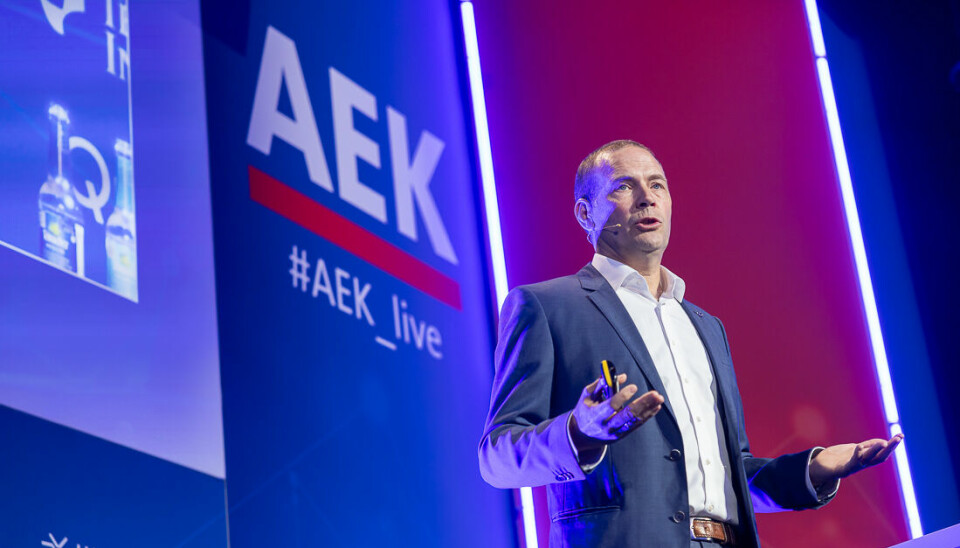
Mercedes-Benz and the Path to SDV: From Hype to Reality
Magnus Östberg, Chief Software Officer at Mercedes-Benz, presented the current state of the transformation to the Software-defined Vehicle (SDV) in his keynote. Using the example of the complex traffic situation in Shanghai, he illustrated the real challenges an SDV must overcome. Central to this is a robust OTA infrastructure with an Ethernet backbone, which allows software to be updated independently of the hardware. For this, IT systems, production processes, dealer networks, and business models have been fundamentally restructured.
Östberg differentiated between three types of updates: firmware, feature updates, and immediate cloud services - the latter being key to competitiveness. The competition, especially from China, forces more agility and customisation. Mercedes addresses this with a globally scalable architecture and closer collaboration in the open-source environment. By opening their diagnostic software through the Eclipse community, Mercedes aims to help shape standards and accelerate innovation. Security remains the top priority: cyber protection is deeply embedded in the architecture, and AI-generated code is only used when clear compliance with rules is ensured.
Mastering Global Complexity: E/E Architectures as the Key to the Future of Mobility
This year's AEK is under the motto: "Navigating through global complexity - architecture and platform solutions for scaling SDVs". In his opening speech, Ricky Hudi makes it clear that the automotive industry is facing massive challenges - from the pandemic to chip shortages and the war in Ukraine to geopolitical tensions, trade conflicts, and disruptive technologies such as artificial intelligence. In this increasingly complex environment, it will be crucial to establish a global, scalable E/E architecture that meets both strategic and operational requirements. The Advisory Board has therefore deliberately focused on the influence of geopolitical developments on strategy and day-to-day business at the conference.
Starting signal for the Automobil-Elektronik Kongress 2025! Today marks the start of the 29th AEK in Ludwigsburg. Under the motto "Navigating through Global Complexity: Architecture and Platform Solutions for Scaling SDVs", industry leaders are meeting to discuss the challenges and solutions in the field of software-defined vehicles (SDVs).